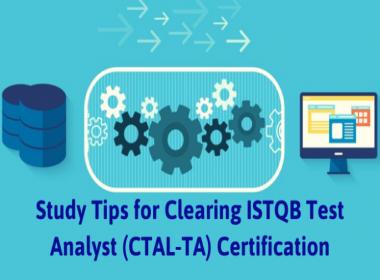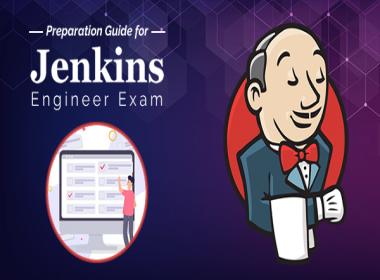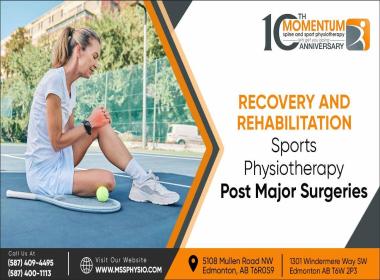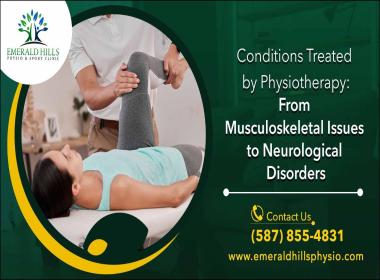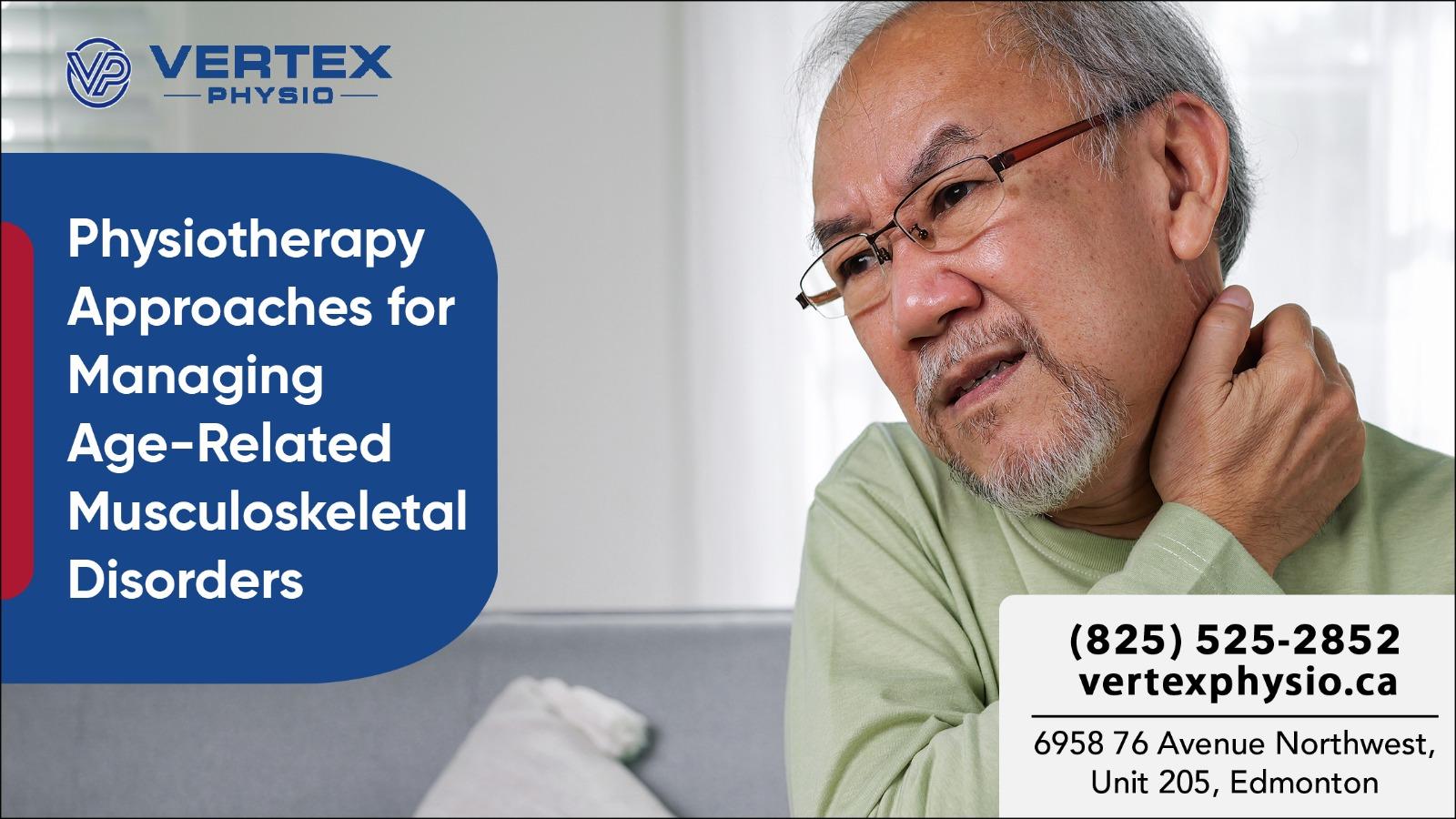
As the population ages, age-related musculoskeletal disorders become increasingly prevalent, posing challenges to maintaining mobility and quality of life. In Edmonton, physiotherapists, particularly at facilities like Vertex Physiotherapy, are well-versed in managing these conditions. This post explores the various physiotherapy approaches beneficial for seniors grappling with musculoskeletal issues.
Understanding Age-Related Musculoskeletal Disorders
Age-related musculoskeletal disorders encompass a range of conditions that affect the muscles, bones, and joints. These include
- Osteoarthritis
- Rheumatoid Arthritis
- Osteoporosis
- Fibromyalgia
- Degenerative Disc Disease
- Spinal Stenosis
- Rotator Cuff Tendinitis
- Gout
- Bursitis
- Tendinosis
- Frozen Shoulder (Adhesive Capsulitis)
- Sarcopenia (Muscle Loss Due to Aging)
- Lumbar Spondylosis
- Cervical Spondylosis
- Hip Fractures
- Knee Meniscus Tear
- Plantar Fasciitis
- Sciatica
If you are experiencing any of the aforementioned age-related musculoskeletal disorders, you may find significant benefits in seeking physiotherapy Edmonton. With professional guidance and therapeutic interventions, physiotherapy can be a crucial component in managing your condition and maintaining your physical independence.
Key Physiotherapy Approaches
Personalized Exercise Programs
Tailored exercise programs are essential in addressing specific needs related to age-related disorders. They focus on improving strength, flexibility, and balance while being mindful of any limitations or risks. These exercises not only aid in pain relief but also contribute significantly to enhancing mobility and preventing further deterioration.
Pain Management Techniques
Effective pain management is a cornerstone of physiotherapy, involving techniques like heat therapy, which soothes stiff joints and muscles, and electrical stimulation, which can help reduce pain and improve muscle function. Manual therapy, including soft tissue massage, can also play a key role in alleviating discomfort and enhancing joint mobility.
Joint Mobilization and Manipulation
This approach involves the gentle manipulation of joints to enhance flexibility and alleviate stiffness. It is especially advantageous for conditions such as osteoarthritis, which can significantly restrict joint movement. These techniques are performed by skilled physiotherapists to ensure safety and efficacy.
Fall Prevention TrainingBal
ance and coordination training is crucial for preventing falls, a common risk for the older population with musculoskeletal disorders. Physiotherapists design specific exercises to improve balance and also educate on safe ways to perform daily activities. This training is vital in promoting independence and confidence in mobility.
Functional Training
This focuses on training the body to handle real-life activities and enhancing daily living skills. It includes exercises that mimic everyday tasks, helping seniors maintain their independence. Functional training is particularly beneficial for improving coordination, balance, and overall physical strength.
Manual Lymphatic Drainage
For conditions like osteoarthritis that may cause swelling in the joints, manual lymphatic drainage can be beneficial. This gentle massage technique helps to reduce swelling and improve circulation, providing relief from discomfort. It also aids in detoxifying the body, which is important for overall health.
Neuromuscular Re-education
This involves retraining the nervous system and muscles to work together more effectively. Techniques used can help improve proprioception, coordination, and muscle activation. This approach is especially useful for those who have experienced a decline in their motor skills.
Respiratory Physiotherapy
Given that musculoskeletal disorders can sometimes affect breathing, respiratory physiotherapy aims to improve lung function and oxygen intake. This can include breathing exercises and techniques to enhance respiratory efficiency, which is crucial for overall health and endurance.
Ergonomic Advice
Physiotherapists provide guidance on ergonomic adjustments in the home and workplace to support musculoskeletal health. They recommend suitable furniture, footwear, and tools that minimize strain during routine activities. This advice is tailored to individual lifestyles, ensuring practical and effective solutions.
Specialized Treatments for Common Disorders
- Osteoarthritis Management: Focused exercises to maintain joint function and reduce pain, along with education on managing symptoms and joint protection strategies.
- Osteoporosis Care: Weight-bearing exercises to strengthen bones and advice on nutrition for bone health.
- Chronic Back Pain Relief: Customized back exercises and flexibility routines combined with ergonomic advice to alleviate chronic back pain.
- Rehabilitation Post Fractures or Surgeries: Physiotherapy plays a vital role in rehabilitation following fractures or orthopedic surgeries, with exercises to restore movement and strength.
Optimizing Musculoskeletal Health in Seniors: Effective Habits and Exercises
- Regular Low-Impact Exercise: Engaging in low-impact exercises such as walking, swimming, or cycling can help maintain muscle strength, joint flexibility, and bone density. These activities are gentle on the joints yet effective in keeping the musculoskeletal system healthy.
- Strength Training: Incorporating light strength training exercises, like using resistance bands or light weights, can help maintain muscle mass and support joint health. Activities like squats, leg raises, and arm curls, tailored to individual capabilities, are beneficial.
- Balance and Coordination Drills: Exercises such as standing on one foot, heel-to-toe walking, or simple tai chi movements improve balance and coordination, reducing the risk of falls and related injuries.
- Stretching and Flexibility Exercises: Regular stretching is key to maintaining flexibility, reducing stiffness, and improving range of motion. Gentle stretching routines like yoga or Pilates can be particularly helpful in keeping the muscles and joints supple.
- Good Posture Practices: Practicing good posture when standing, sitting, or engaging in activities helps reduce strain on the musculoskeletal system. Ergonomic furniture and supportive shoes can assist in maintaining proper posture.
- Hydration: Staying well-hydrated is important for joint lubrication and overall muscle health. Encouraging regular intake of fluids can aid in keeping the body functioning optimally.
- Proper Sleep and Rest: Adequate rest and good sleep hygiene are crucial for muscle recovery and overall physical health.
Nurturing Mobility and Independence
Physiotherapy provides seniors with essential tools for managing age-related musculoskeletal conditions, assisting in the maintenance of mobility, alleviation of pain, and promotion of independence. In Edmonton, physiotherapists and establishments such as Vertex Physiotherapy are instrumental in offering these services, helping seniors achieve a better quality of life in spite of aging-related challenges.
If you or a loved one is facing challenges with age-related musculoskeletal issues, consider reaching out to a physiotherapist in Edmonton. With the right guidance and treatment plan, it’s possible to manage these conditions effectively and maintain an active, fulfilling life.
Also read about: What exactly is a Commercial Contract



